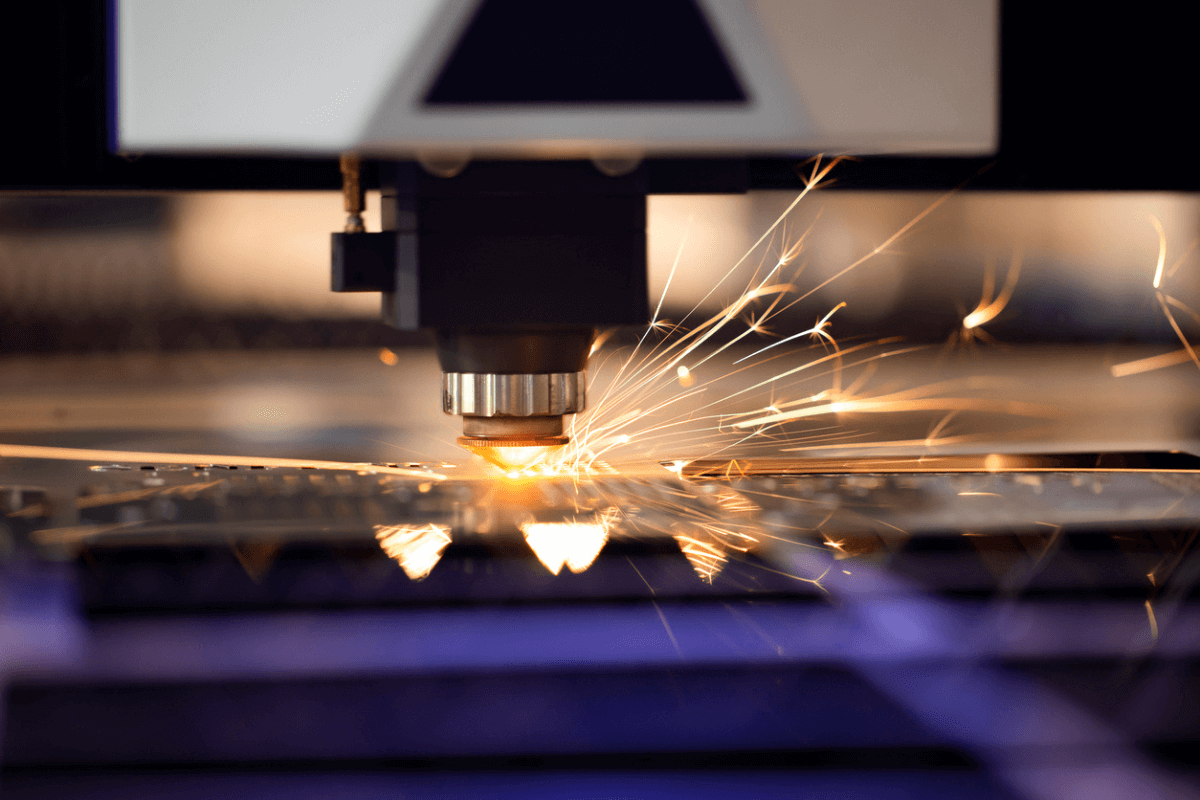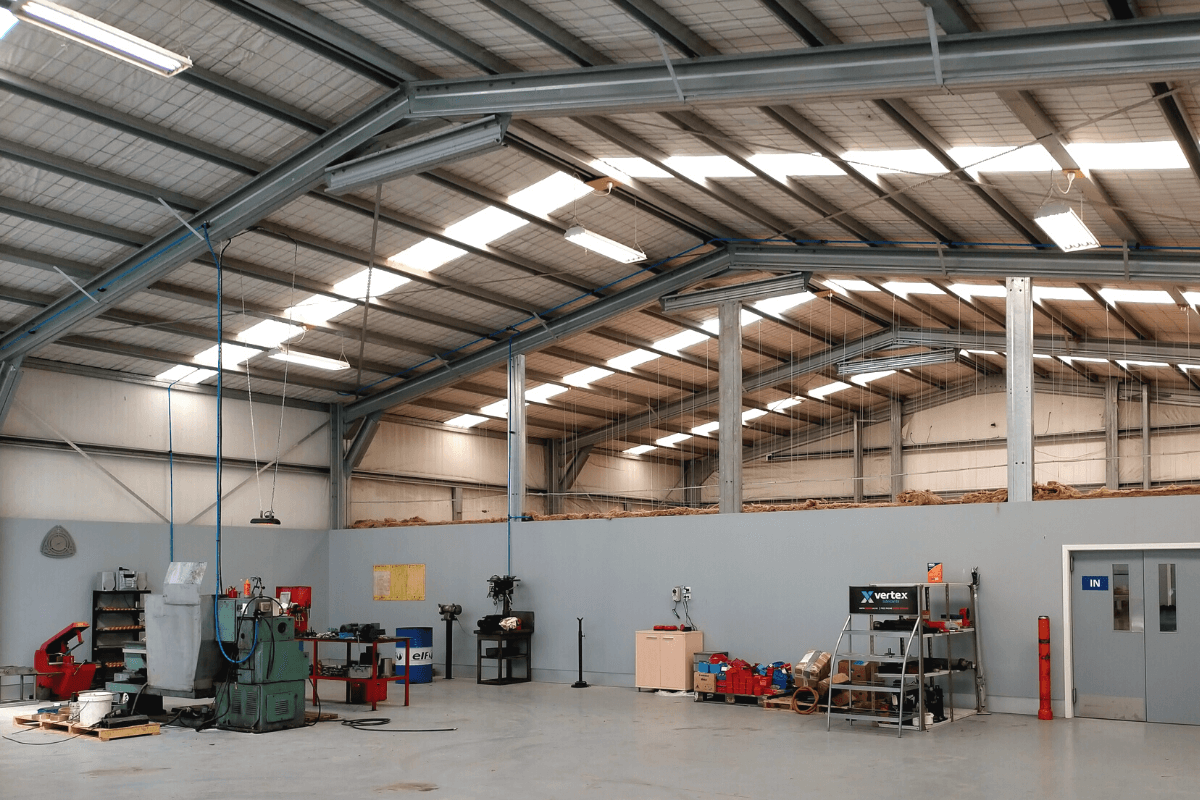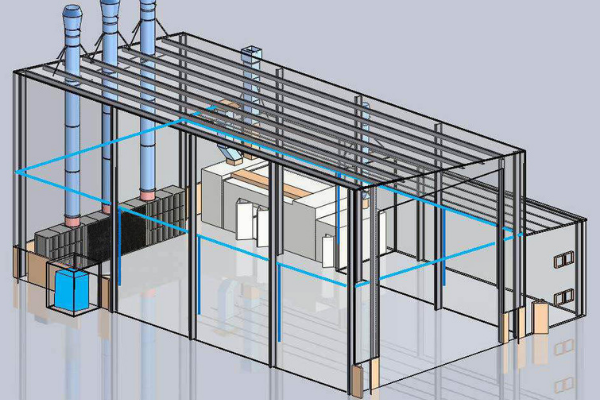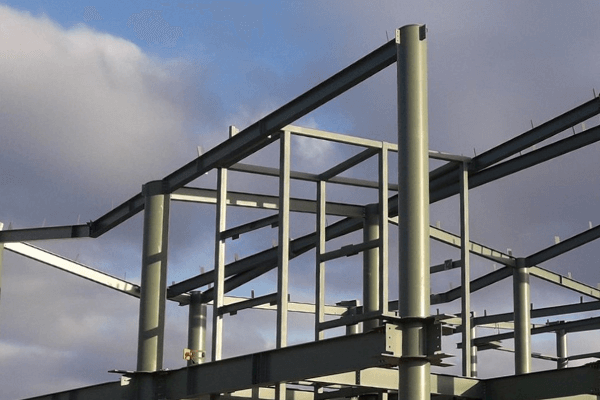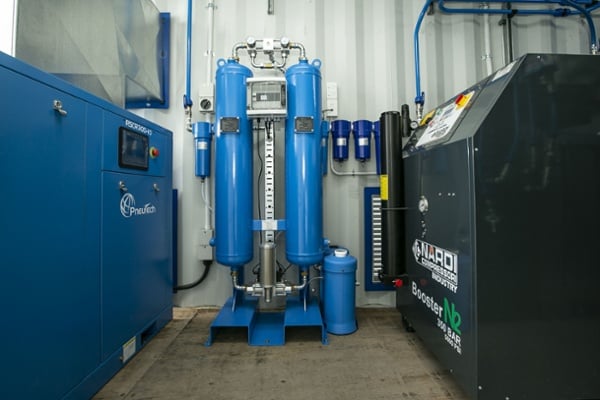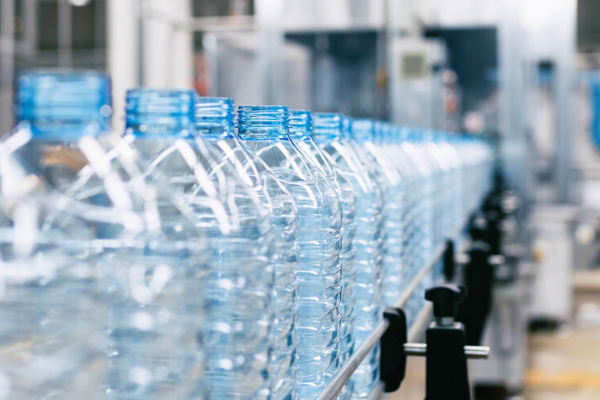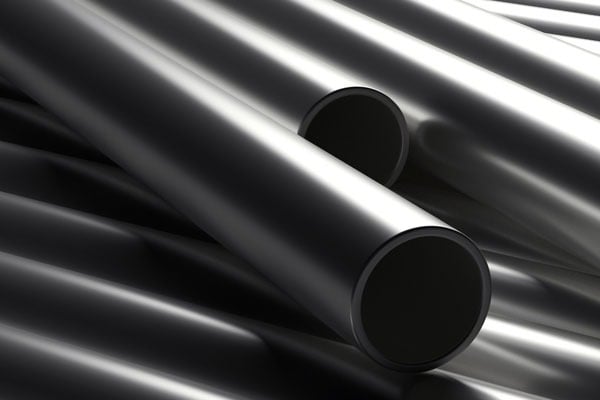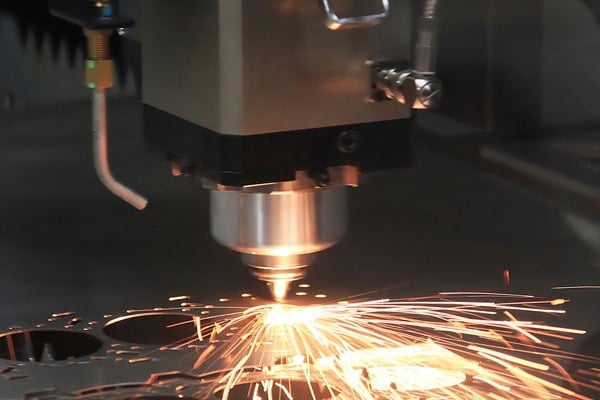An air compressor can be a wise investment for many businesses, but before installing one, it’s worth understanding what an air dryer is and if including one in your compressed air setup will be beneficial. While an air dryer won’t improve the efficiency or performance of the compressor, it will have a significant impact on the quality of the air that is produced, and the longevity of your equipment. So, if you are interested in producing your own compressed air, this article will help you decide if you should also consider getting an air dryer at the same time.
Is an air dryer really necessary?
In general, an air dryer is not an essential component of an air compressor system, but that doesn’t mean it should be overlooked. In fact, using an air dryer can save your business time and money by improving the lifespan of your tools and machinery as well as the quality of the products made using compressed air. That’s because, when compressed air is drier, there is less residual moisture getting into the pipes and the inner workings of your equipment.
While the air dryer won’t improve productivity in the short term, it will reduce maintenance costs, downtime and product deficiencies. That’s why, for many businesses, the benefits are worth the upfront investment.
Risks of not using an air dryer
If you choose not to install an air dryer as part of your compressor system, it’s important to know what problems you could come up against. These are the most common issues we see.
Damage to tools and moving parts
If there is moisture running through air-powered hand tools and machinery, over time this will cause rust and damage. That’s why machines that use compressed air to operate pneumatic pistons or actuators cannot be safely operated with water-saturated compressed air because the air seals will be compromised and start to leak.
Product defects
Using dry compressed air is crucial for guaranteeing product quality. Moisture can contaminate items being manufactured, especially for CNCs and laser cutters. For many industries, such as food processing, moisture content can breach food manufacturing regulations and cause expensive issues down the track.
Health and safety precautions
To avoid the possibility of defects and machinery malfunctions, many businesses will have to take extra safety measures when using water-saturated compressed air. For example, in food and packaging manufacturing, air filters would need to be installed and replaced regularly to prevent damage to the products. So, using an air dryer at the beginning of the process is a more economical way to keep those costly precautions to a minimum.
What is dew point and why is it important?
The dew point is the temperature at which air is cooled to become saturated with water vapour, depending on the pressure and humidity. If the air is cooled below the dew point, the moisture is reduced and condenses to form a liquid, known as dew. For example, if the dew point is 20 degrees Celsius, there would be roughly 15 grams of water vapour in 1kg of air.
In terms of compressed air, understanding exactly how much water vapour there is will help you to know if the air is dry enough to use and what temperature the air should be cooled to, in order to effectively remove the moisture.
How does an air dryer work?
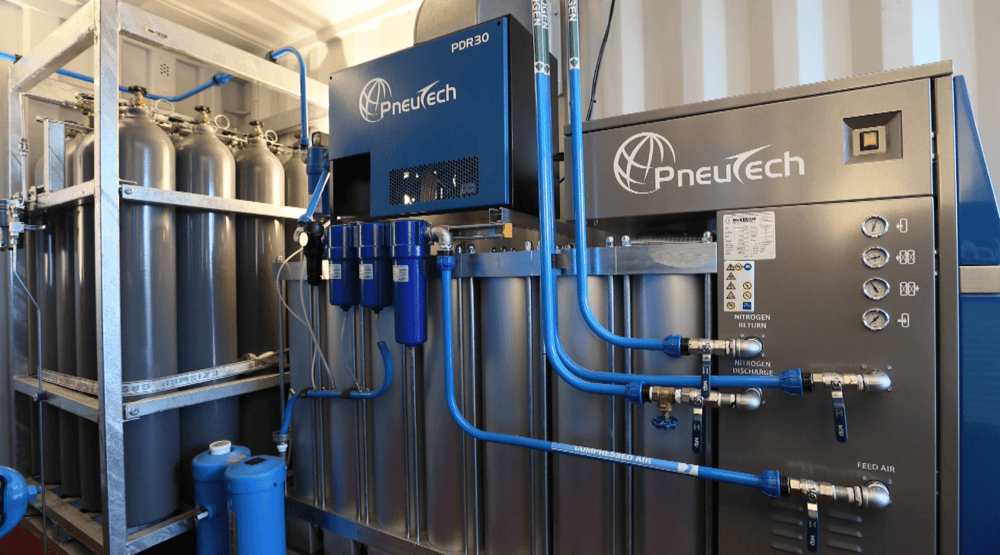
Water cannot be compressed in the same way air can, which is why it will accumulate at the bottom of something like an air receiver tank and enter the air lines. However, an air dryer will intercept this moisture before it causes any problems. The three common types of air dryers used in compressed air systems are refrigerated dryers, membrane dryers, and desiccant dryers.
Membrane dryers
Membrane dryers work by forcing the compressed air through specially designed membrane tubes that filter the water vapour out. A small portion of the dry air is then used to blow the collected water out of the tubes so that they can be reused. While membrane dryers can lower the dew point to as low as -40 degrees celsius, they are expensive and require frequent maintenance which makes them less popular.
Desiccant dryers
Using water-absorbent desiccant materials, these dryers can effectively remove water vapour from compressed air and reduce the dew point to -40 degrees celsius. The moisture-laden compressed air is directed into a compartment where the desiccants, such as silica gel or activated alumina, actively absorb the water vapour. The dry air then travels through to whichever application it is needed for, and the desiccants get regenerated to be reused for a new cycle.
Unlike a membrane dryer, desiccant dryers don’t require parts to be replaced regularly and are the most effective at removing moisture. This makes them popular for nitrogen generation systems and applications where there is a risk of freezing. However, they do use a lot more power to operate and are expensive to run.
Refrigerated dryers
By lowering the dew point of the compressed air to roughly 3 degrees celsius and using a liquid refrigerant to cool the water vapour, refrigerated dryers effectively convert the water vapour into a liquid so it can be drained away. Since this process uses a minimal amount of power whilst still removing a maximum amount of water, this is the most efficient and commonly used air dryer for compressed air.
Learn about our entire range of refrigerated and desiccant dryers here, or check out the helpful video below!
Investing in a quality compressed air setup with an effective air dryer is worthwhile because it will ensure your operations run smoothly for longer. You can’t dry your compressed air later on, so it’s critical to include a dryer in the initial process to save time and resources. If you’re not sure where to start, you can contact our friendly team or download the air treatment brochure. You’ll find all you need to know about our range of dryers, drains and filtration systems, to ensure that your compressed air is of the highest quality.



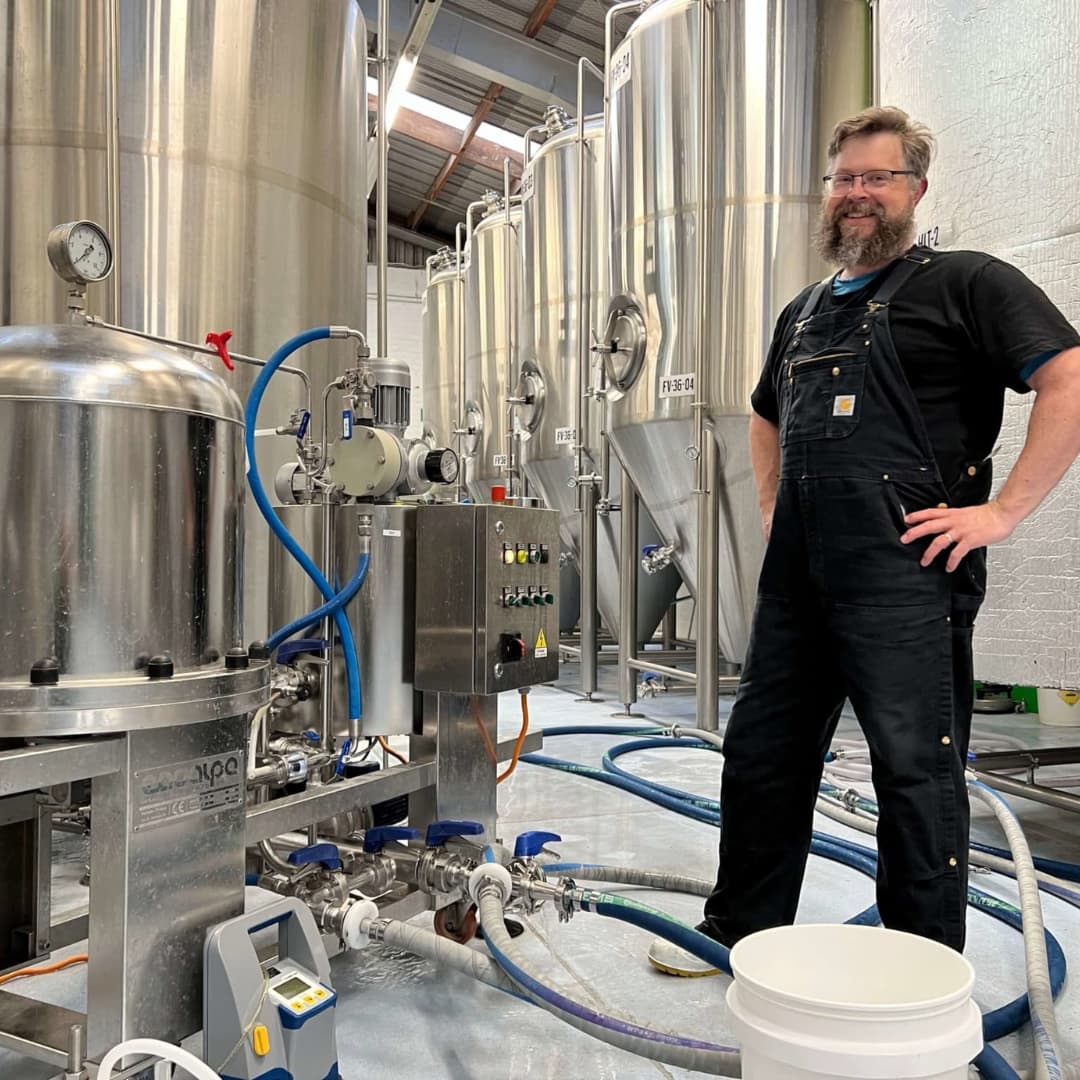
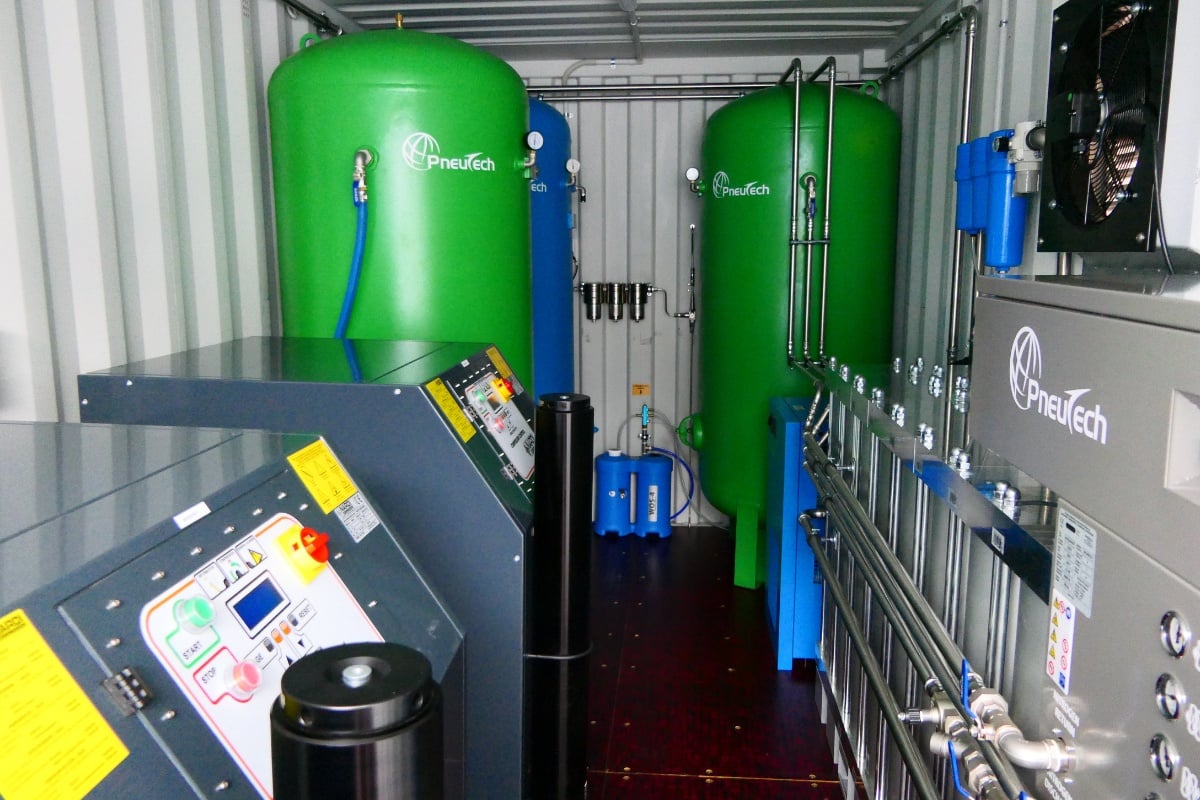
.jpg)


